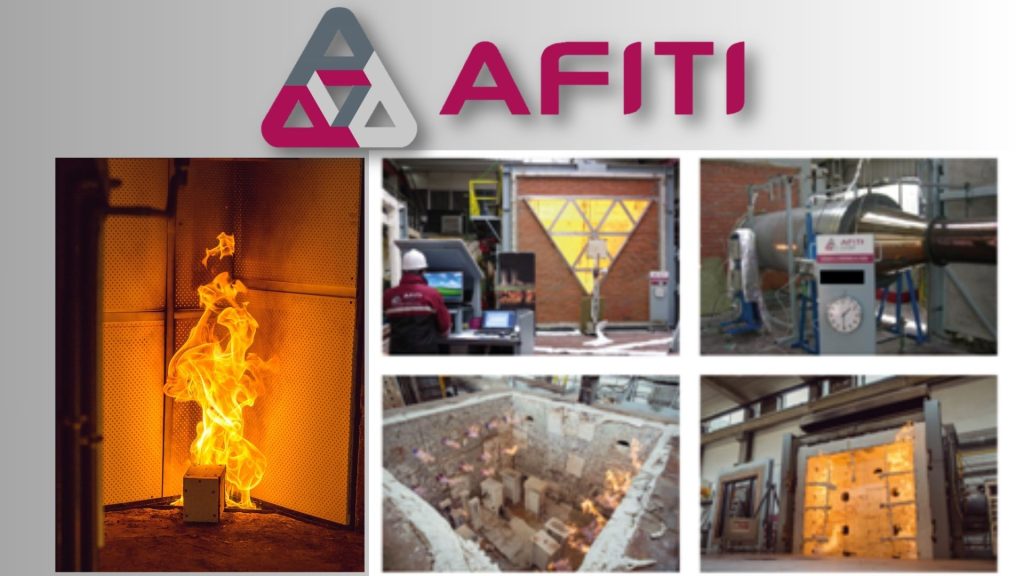The Urgency of Strengthening Regulations and Controls


Fire protection (FP) is a vital component to ensure safety in any type of building. Incidents in 2023, such as the tragedy at a pizzeria in Madrid and the deaths in nightclubs in Murcia, have highlighted the need to reinforce both regulations and control mechanisms in FP. These events not only underscore the importance of having adequate protection systems but also highlight a critical aspect: the selection and use of construction materials, which play a decisive role in the prevention and spread of fires.
It is important to analyze several factors that emphasize the need for stricter regulations and more effective control. These elements directly affect the safety of occupants, the preservation of property, economic impact, and environmental protection. Below are some key points to consider in improving fire protection:
- Protection of Human Life.
The primary objective of any FP system is to safeguard human lives. Fires such as those in 2023 have shown that when preventive and protective measures are insufficient, the consequences can be tragic. Stricter legislation can ensure that all buildings are equipped with fire detection and suppression systems, as well as safe and clearly marked evacuation routes. These measures are necessary to guarantee a quick and effective evacuation, significantly reducing the risk of fatalities.
- Protection of Property and Heritage.
Fires can cause irreparable damage to properties and cultural heritage. Stricter control and legislation that establishes clear standards for the protection of these assets can help minimize material damage. By requiring adequate fire protection systems, the intervention of emergency services is facilitated, limiting the spread of fire and preserving valuable structures. Additionally, in historic or culturally significant buildings, legislation must consider the unique characteristics of these structures to ensure their protection.
- Economic Impact.
The economic losses caused by fires can be significant, affecting businesses and entire communities. A legal framework that mandates the implementation of FP measures can reduce these risks, protecting investments and ensuring business continuity. Additionally, compliance with fire safety regulations can result in more favorable insurance premiums for property owners, leading to cost reductions in the long term.
- Environmental Impact.
Fires not only affect people and property but can also have serious environmental consequences. The combustion of certain materials can release toxic and polluting substances into the air, soil, and water. Legislation regulating the use of construction materials, promoting those that are less harmful in case of fire, can help mitigate these impacts. Furthermore, regulations should address the management and disposal of post-fire waste in ways that minimize environmental harm.
- Fire Reaction and Resistance Tests.
Fire reaction tests assess the behavior of construction materials in the presence of flames, evaluating their flammability, rate of fire spread, and emission of toxic gases. This data is crucial for selecting materials that reduce the risk of fire propagation.
Fire resistance tests measure the time during which structures can maintain their integrity under fire conditions. This is essential to ensure that buildings can withstand fire long enough to allow safe evacuation and emergency response.
Incorporating the results of both types of tests into legislation and regulations establishes standards that ensure both materials and building structures meet safety requirements in case of fire.
- The Influence of Construction Materials on Fire Safety.
The materials used in building construction play a fundamental role in fire safety. Recent incidents have demonstrated that certain materials can contribute to the spread of fire, increasing the risk of material damage and personal injury. Legislation must consider not only the fire resistance of these materials but also their ability to prevent flame spread and the emission of toxic gases. This requires careful selection of building materials to ensure they meet the necessary safety standards to protect both people and property.
- The Need for Stricter Control.
As Alfonso Díez, coordinator of the Sectorial Committee of Manufacturers of Passive Fire Protection Products, pointed out in the magazine *Tecnifuego 61*, recent incidents in Spain highlight the need for “stricter control and probably more demanding legislation.” The safety failures detected in these cases show that current regulations may not be sufficient to ensure safety in public venues and other settings.
Moreover, in the industrial sector, there has been an increase in fires at waste treatment and storage plants, posing new challenges for FP. The rise in companies dedicated to waste management and the risks associated with low segregation of flammable materials and electrical equipment with integrated batteries require a review and update of current regulations.
In conclusion, stricter control and more efficient fire protection legislation are necessary to ensure the safety of people, protect property, and minimize the environmental impact of fires. Fire reaction and resistance tests are fundamental tools for developing regulations that ensure buildings are safe and capable of withstanding fires. It is imperative that the lessons learned from recent tragedies lead to concrete actions to strengthen the legal framework and control mechanisms in FP, thus ensuring a safer environment for all.

 Previous Post
Previous Post
